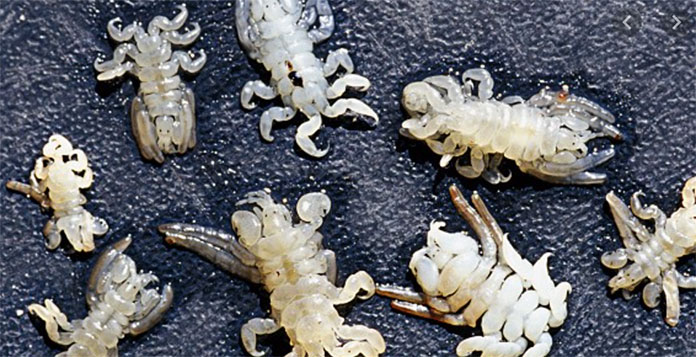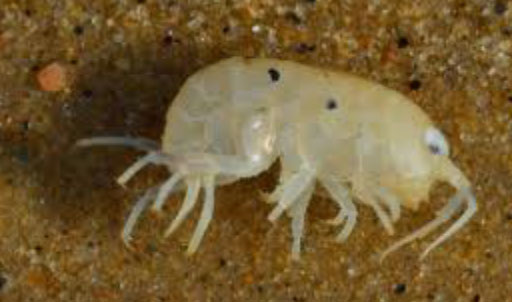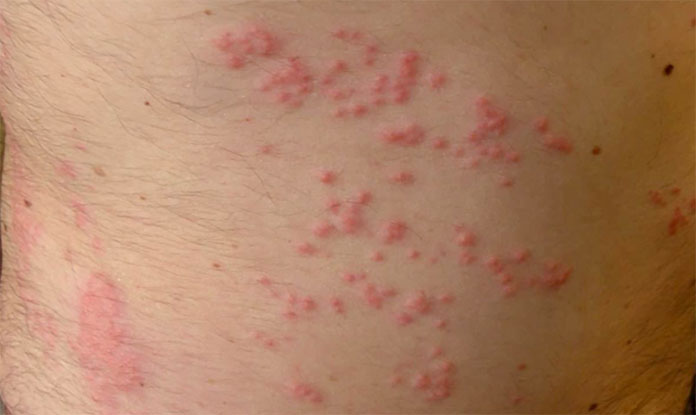
BRICK – Reports of so-called sea lice at the Jersey Shore have resulted in some swimmers reluctant to swim in the ocean since the microscopic larvae of jellyfish can cause a painful, stinging rash.
According to Dr. Paul Bologna, who is a Professor of Biology and Director of the Marine Biology and Coastal Sciences Program at Montclair State University, there is always a minor chance of sea lice being around, but they’re more likely to be found in the tropics in places like the Gulf of Mexico, Florida and the Bahamas, where they are common.
“The jellyfish themselves are tropical in nature, but when they spawn, they come up the Gulf Stream, which is right off our coastline, so whenever we have a big storm, like the recent Hurricane Isaias, there’s always an opportunity for the hurricane to blow waters that are in the Gulf Stream a lot closer,” he explained.
The storm was the “probable mechanism” that got a larger number of the larvae along the New Jersey coastline, he said.
Dr. Bologna, who is well known for his study of clinging jellyfish and the pesky sea nettles that have plagued Barnegat Bay in recent years, said that these larvae are part of the thimble jellyfish, which are very small jellyfish to begin with. When they reproduce, millions of the larvae are released and swim around until they transform into adults

.
The larvae are microscopic, and problems to humans result when they get under bathing suits. The fabric rubs against the skin and the person gets a rush of stings, said Dr. Bologna. The rash can resemble an extreme case of a measles outbreak.
Changing out of a bathing suit immediately after swimming won’t prevent the stings, he said.
“The damage is done,” said Dr. Bologna. “However, if you treat it a like after getting a mosquito bite – no matter what you do, you still got bit by the mosquito – you’re still gonna itch, so in most cases people have a mild reaction to it, so use anti-itch cream or hydrocortisone, make sure you take a shower to get everything rinsed off and cleaned up.”
The good news is that sea lice should be gone in another week or two, but it’s hit or miss, he said. If two people are swimming near each other, one might get stung while the other might not.
There are actually three different things that are referred to as sea lice, Dr. Bologna said: the thimble jelly larvae; a whole variety of parasites that actually are lice that live on fish and other invertebrates, and beach hoppers (sometimes called sand fleas), which are little crustaceans that are ugly and look like lice, he said.

The thimble jellyfish larvae appear in Florida every year. There was also evidence of them in the Carolinas after Hurricane Isaias, he said.
The larvae most likely do not have any natural predators since they’re so small, except for perhaps other jellyfish, Dr. Bologna said.
So until the larvae leave the Jersey Shore, he said that for people who are concerned, bring some hydrocortisone to the beach.
“If you get exposed, you can put it on and minimize any problems,” Dr. Bologna said.






